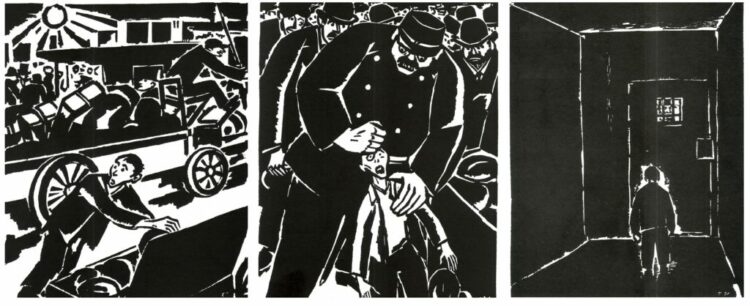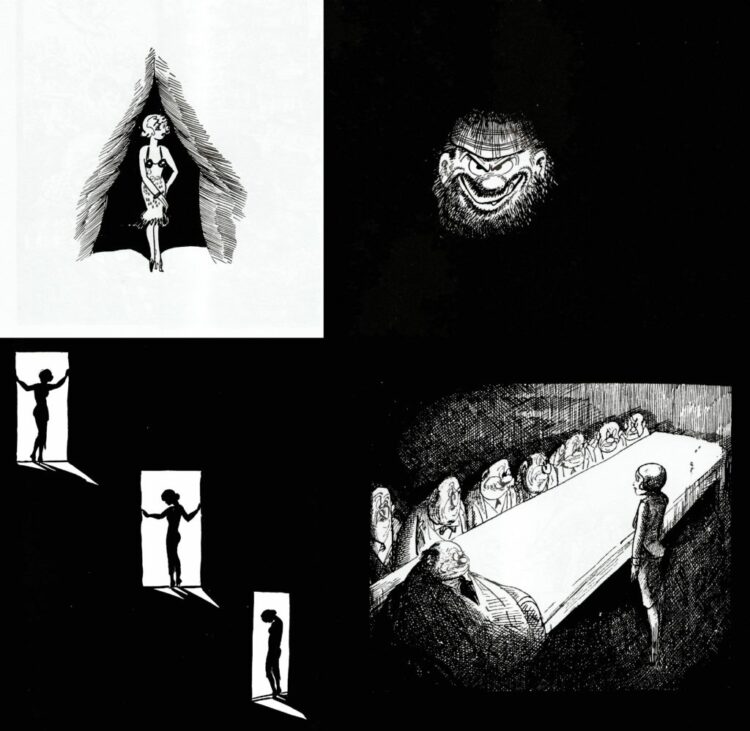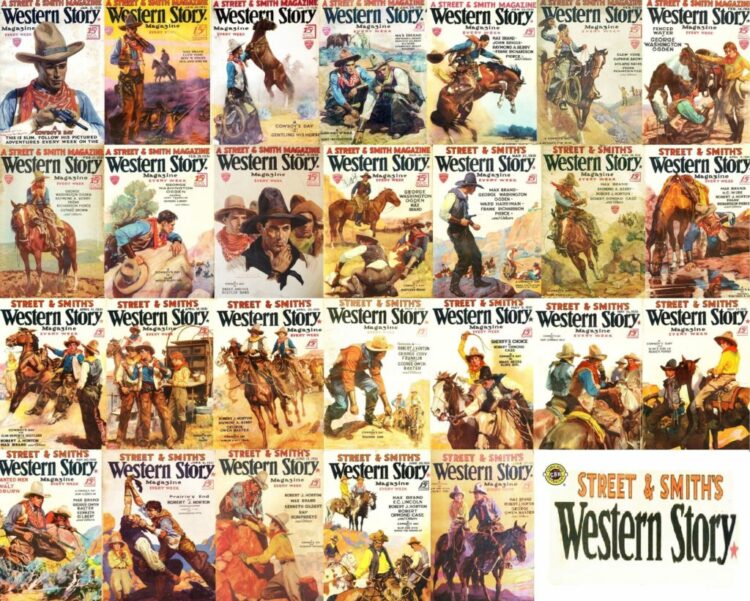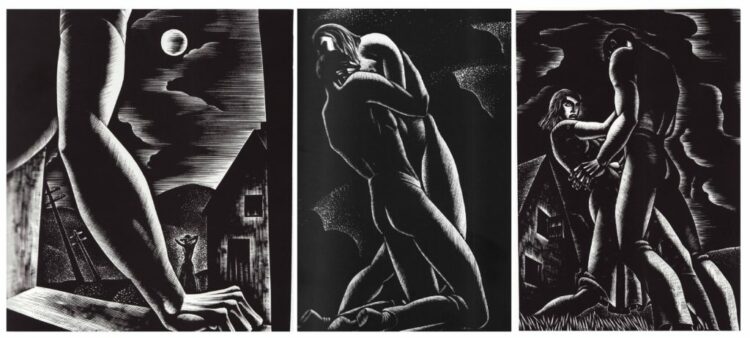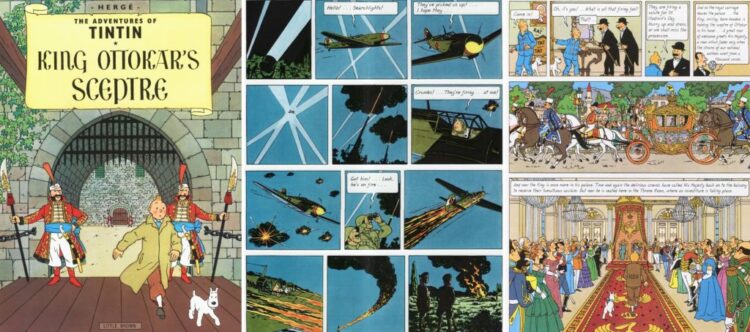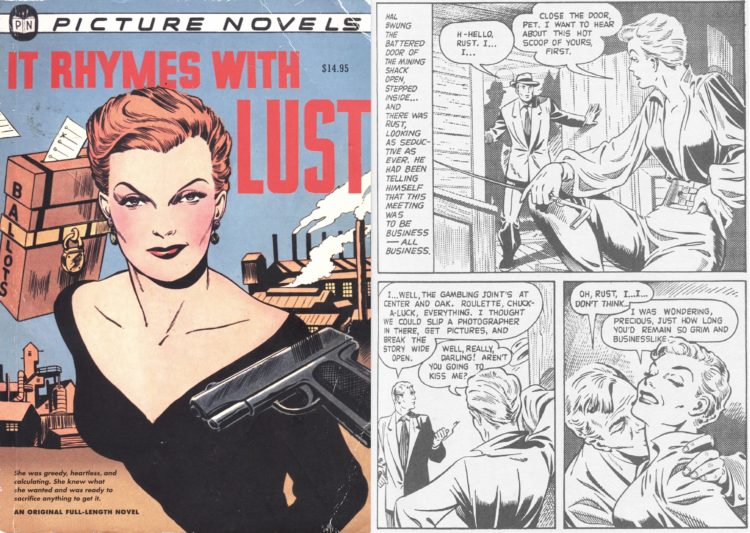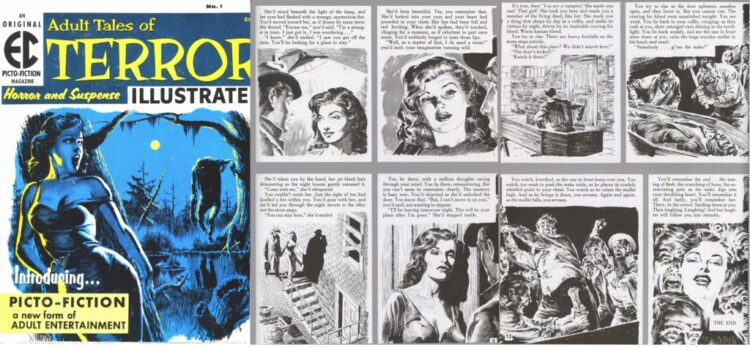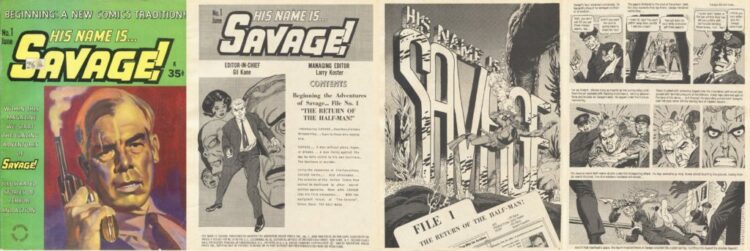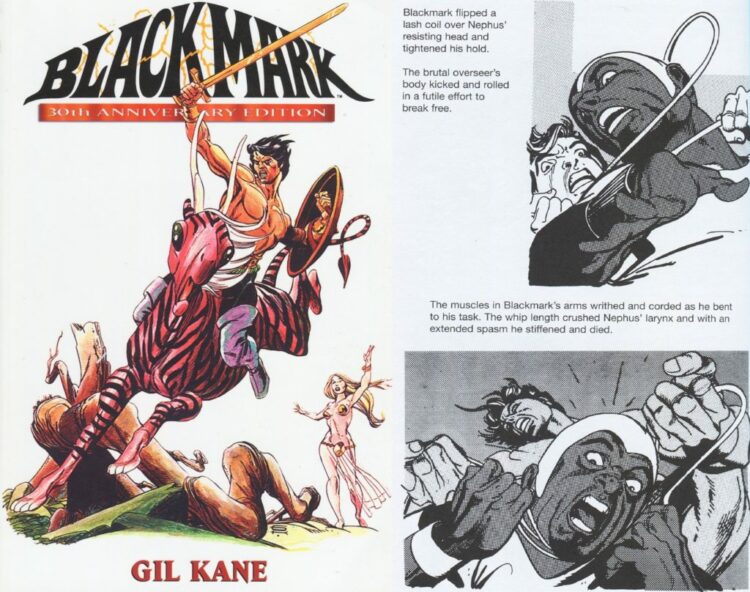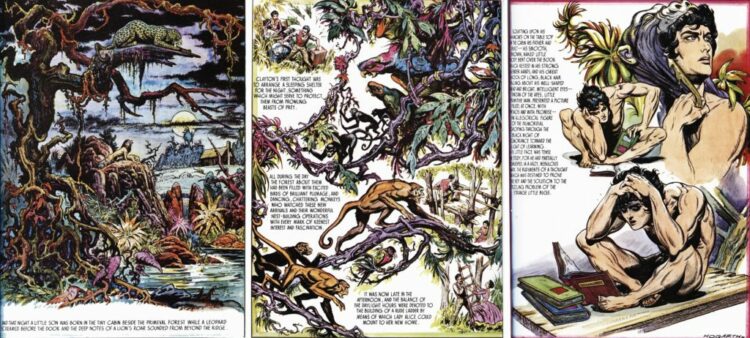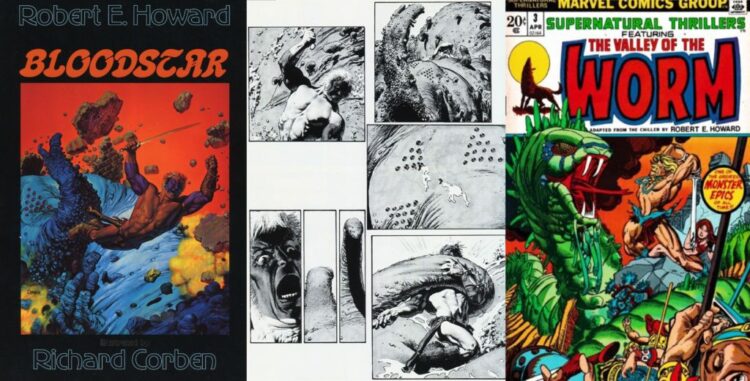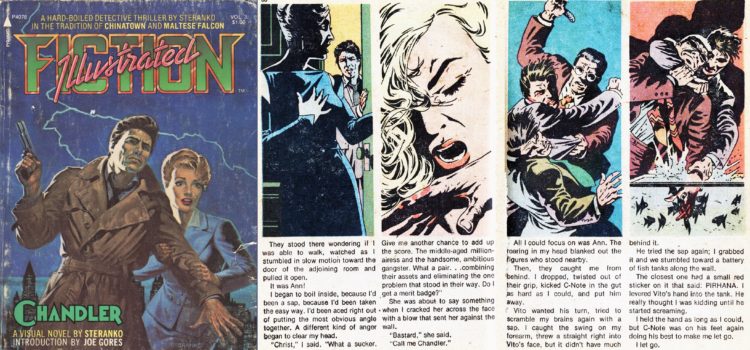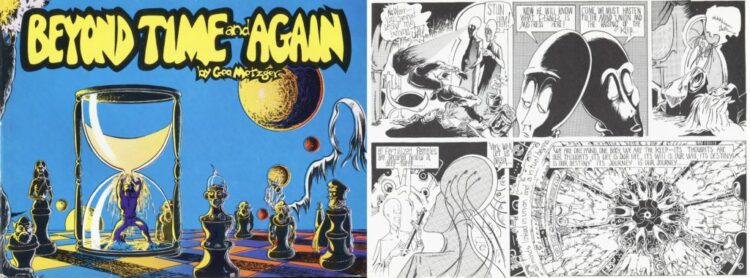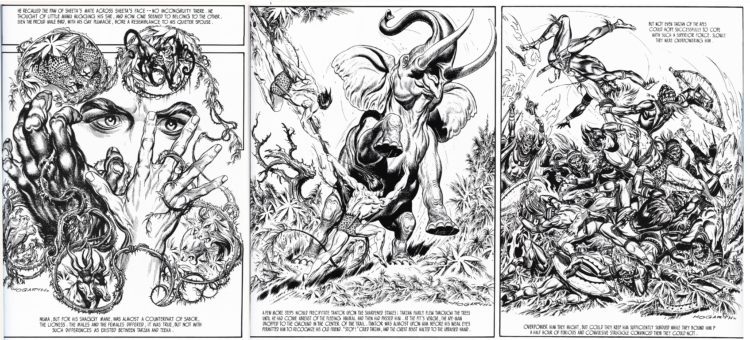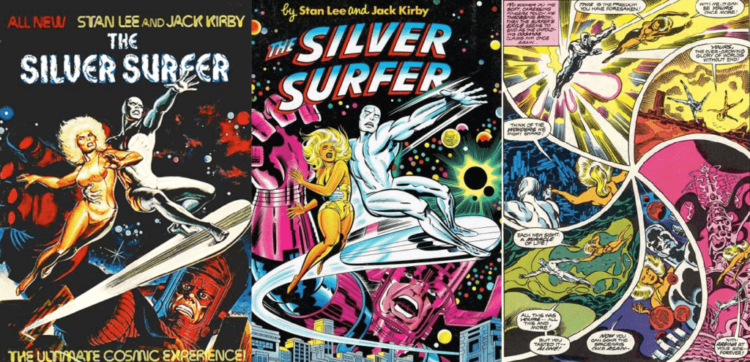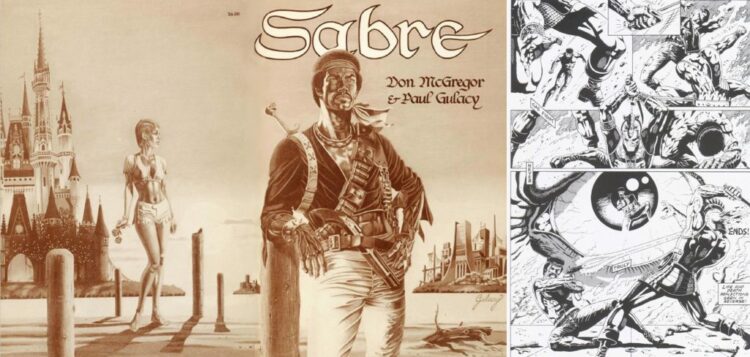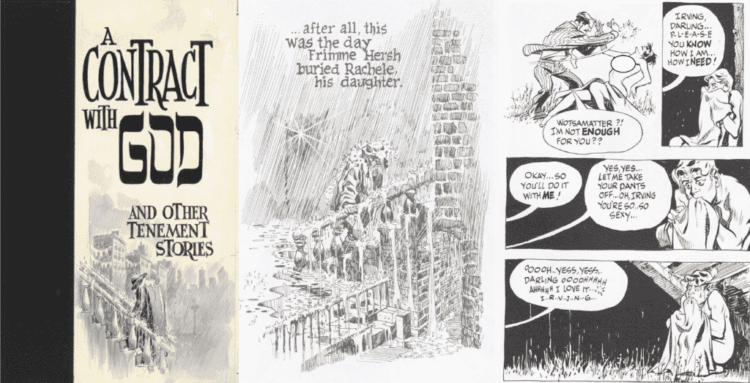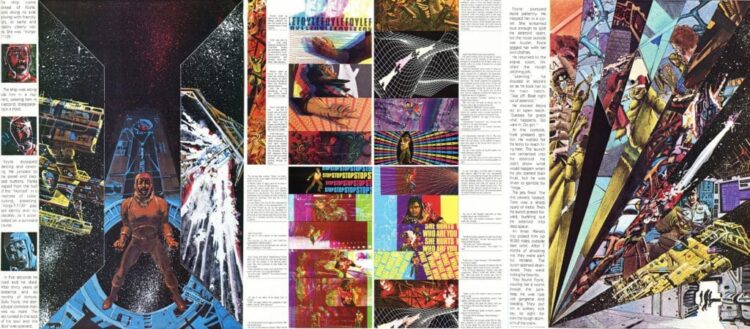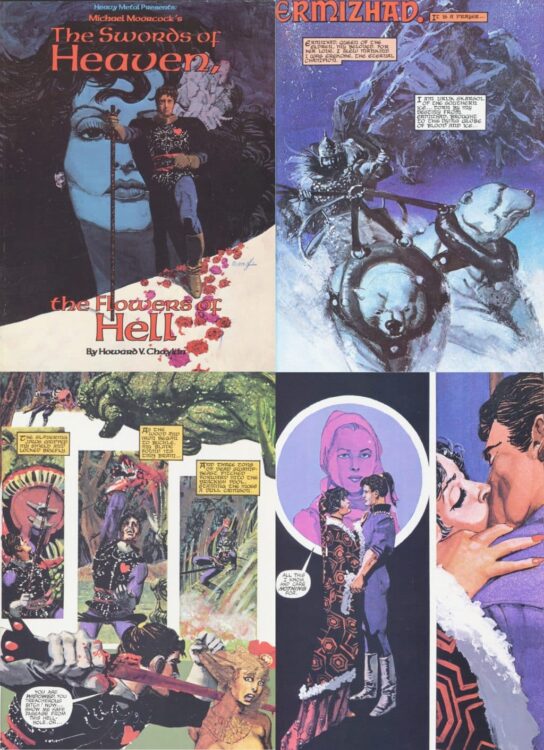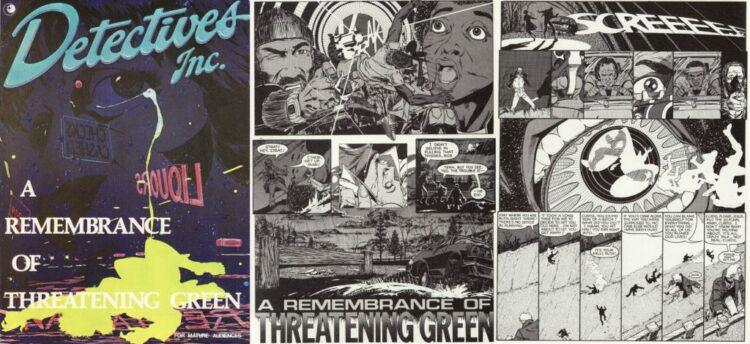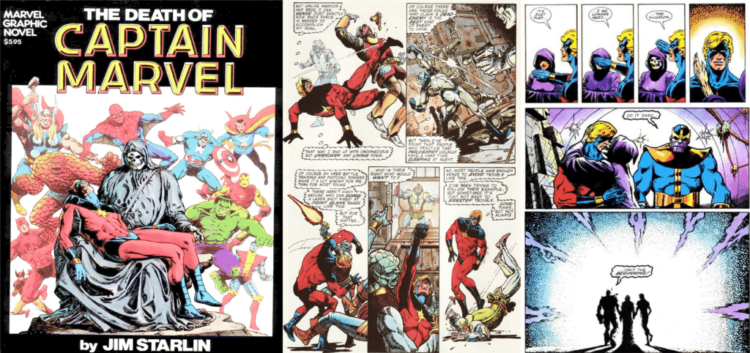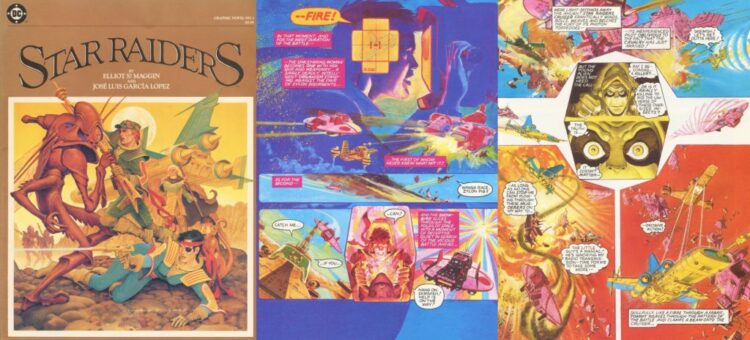What Are the Formative 20th Century Graphic Novels (1918-1983) ? by Alex Grand
Read Alex Grand’s Understanding Superhero Comic Books published by McFarland Books in 2023 with Foreword by Jim Steranko with editorial reviews by comic book professionals, Jim Shooter, Tom Palmer, Tom DeFalco, Danny Fingeroth, Alex Segura, Carl Potts, Guy Dorian Sr. and more.
In the meantime enjoy the show:
In the United States, the term graphic novel was said to have been introduced by comic historian, Richard Kyle who supposedly created the term in a 1964 essay in a comic fanzine, Capa-Alpha however the term Novelas Graficas was used in Latin America as early as the 1950s.

There is not a defining distinction between comic books which appear to be focused on periodicals versus graphic novels which tend to be somewhat more serious longer self contained stories. Sometimes graphic novels tend to have more artistic effort in the visual sequential story telling aspect, or not even necessarily more pages than a comic book, but more emotional undertones. At some point in the 20th century, the graphic novel made a leap into a finer form of visual art as opposed to a standard comic book which was traditionally a 4 color funny book for kids.
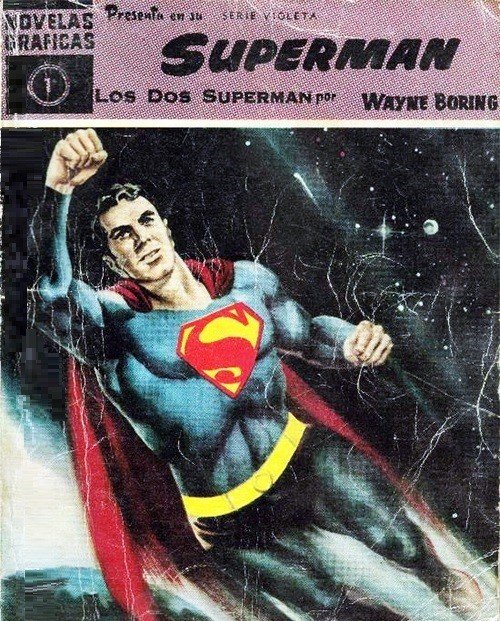
The more comics and graphic novels a person reads, the more we see that there is not a definitive line but rather a blurred gray scale between the two. Lets go over some critically important graphic novels through time which helped to elevate the form of serious sequential story telling, and be part of a movement toward later defining what format modern graphic novels would become through the early expressionist phase, the illustrative phase, the 1970s formative phase, and the finalization ready to package phase of the pre-1986 era where the format was now ready to replicate and sell to the direct market and pave the way for the big 3 that would erupt in 1986, MAUS, Watchmen and Dark Knight Returns. Here we will discuss pioneers like Maserel, Gross, Ward, Hoskins, Baker, Herge, Drake, EC Comics, Al Feldstein, Reed Crandall, Gil Kane, Burne Hogarth, Jim Steranko, Don McGregor, George Metzger, Richard Corben, Howard Chaykin, Will Eisner, Jack Kirby, Stan Lee, Jim Starlin and Jose Luis Garcia Lopez. So lets start in the 1910s.
In 1918, Frans Masereel, (born in Belgium 1889) created the first Wordless Graphic Novel from wood cuts that were used to stamp ink into a one panel per page sequential story called The Passion of a Man. He joined the international pacificist movement during World War 1, and created these wood engravings. He went on to create more and truly adds to the history of sequential art. He was a pioneer in the early graphic novels and how they could represent mature adult themes.
One of the early sequential graphic novels is Milt Gross’ He Done Her Wrong 1930 which contains cartooning to some of the highest degree of story telling. Its a true pleasure to read, and to see the work of a visionary who puts effort into a silent film style of comic book depicting human drama mixing both tragedy and comedy.
It’s fun to stretch the definition of graphic novel, but if it’s going to be a series of visual sequential images given adult level graphic expertise, then some argue that Gayle Hoskins may have made an early one in 1931 as 26 consecutive covers for Street and Smiths Western Story Magazine which tell a story. It’s 1 day in the life of a cowboy.
1932 Lynd Ward was one of the celebrated Woodcut Sequential visual narrators, who made this story, The Wild Pilgrimage about a man who leaves his factory to discover a world of hate, lust, kindness, and injustice only to return to his factory life as part of a revolt leading to his death.
1939 Belgian comic TinTin page from King Ottokar’s Sceptre is one of severel european albums reprinting a book of Tin Tin strips, however these complete stories with beautiful art from Europe recolored and redrawn in 1947 would be read as a complete long form graphic novel, portraying mystery, and adventure. There is even a page that looks as good as any war comic, as well as lush eastern european scenery.
1950. Arnold Drake & Leslie Waller wrote and Matt Baker drew “It Rhymes with Lust” one of the precursors to the Graphic Novel and called itself a Picture Novel. It combined Adult themes with long form comic story telling. The art by Matt Baker is incredibly beautiful and the Silver Age & Atlas/Marvel missed out on another Joe Maneely type artist when Baker died young in 1959 due to heart reasons
When EC had their last ditch effort with Picto Fiction in 1955 through 1956, they had their stable of artists give it their all with beautiful black and white illustration visual sequential books aimed at adults. Although it was more of a pulp style narrative, rather than a word balloon comic, they still had the standard EC comic morality tale shock endings with panels that consecutively executed a plot but with a much higher aim for quality story telling. These illustrated stories help set a structure toward art and writing techniques employed by graphic novels later.
1968. Gil Kane seeks to get out of traditional comic book work and starts his own magazine in the probable first adult theme Graphic Novel format. His Name is… Savage is a violent action spy thriller that employs the 60s spy genre and ultimately suffered from poor distribution. This probably would have fared better in the 80s direct market, and its painted cover with an homage to Lee Marvin was likely an attempt to grab readers into the beautiful black and white dramatic movie-style visual novel story within.
BlackMark is a post nuclear apocalyptic sword & science fiction “graphic novel” by Gil Kane with dialogue by Archie Goodwin published in 1971. Kane’s art/plot with Goodwin’s words make it an absolute pleasure. A chosen child watches his parents raped & murdered by an army, grows up as a slave, & becomes a great warrior with visions of the distant past in true Conan the Barbarian fashion. This was released as a book, but did not perform well enough to invite a second outing and the rest of the story was published in a Marvel Magazine later in the 1970s.
Burne Hogarth worked on the Tarzan Sunday Strip after Hal Foster from 1937-1950. At age 60, he returned to the character in 1972 with a graphic novel with words from Edgar Rice Burroughs as well as brand new illustrations in over 100 pages he penciled, inked and colored. Here are a few pages and the layouts are spectacular, expressive and clear which beautifully demonstrate death in Tarzan, against a backdrop of a life-celebrating jungle.
1975. Another of the first American comic books to actually call itself a Graphic Novel with art by Richard Corben. This is a long form adult comic book adapted from Robert E Howard’s 1934, “The Valley of the Worm.” Some consider this Richard Corben’s masterpiece of a post-apocalyptic sword & sorcery tale. Gil Kane also did a version of this in Supernatural Thrillers 3, 1973, and the sleek muscular-body-embracing style of Corben does incredibly well here in this story setting.
Raymond Chandler started to write hard boiled detective fiction in 1932, helping to define the genre. In 1971, a film was made in an homage to him and 1940s film noir. Jim Steranko did his “Visual Novel” in 1976 called Chandler: Red Tide which was an homage to this same hard boiled detective fiction in the film noir style. Sin City took some notes from this books panels. Curtis Circulation (Marvel) distributed this story and Jim Steranko put his face on the cover’s private detective and star of the story. The sequential panels are both rhythmic and precise.
1976. Beyond Time and Again by George Metzger is one of the 1st American books to call itself a Graphic Novel. He worked on this after his comic, Moondog for publisher Print Mint. The main character mind-trips through time, leading him to the far future as the last man on pre-nova earth. He is drugged to impregnate every last woman before traveling back to the past.
At the age of 64, Burne Hogarth returned to this Edgar Rice Burroughs character with his second graphic novel Jungle Tales of Tarzan, 1976. This black and white book was penciled and inked by Hogarth with words by Burroughs. The art is spectacular with the black and white textures caress every pencil and ink line coming from Hogarth. In these pages, Tarzan conquers various stages of the jungle celebrating the strong male form, as well as the chaotic action of the jungle.
The Silver Surfer: The Ultimate Cosmic Experience! (1978) By Jack Kirby and Stan Lee is thought to be Marvel’s first Graphic Novel. It essentially reads like the Silver Surfer’s first mission to earth but in an alternate universe where the Fantastic Four don’t exist. This story was originally meant to be a movie plot that fell through, and Galactus and Silver Surfer play a bit of cat and mouse, sparing the earth from annihilation. Galactus then tempts his silver mouse with some golden haired and beautiful cheese, and then takes it away watching the Surfer squirm, shortly before they leave earth.
Don McGregor and Paul Gulacy’s 1978, post apocalyptic adventure Sabre contains beautiful comic book choreography that blows a readers head off. Don McGregor continues his stellar black hero plots and dialogue that he started with his Marvel Black Panther run, with an interracial romance, and story telling panels that explore this disturbing future landscape. The artwork in black and white is simply beautiful along with the shocking and climactic scenes.
In 1970, Will Eisner’s 16 year old daughter died of leukemia and in 1978 he published his Graphic Novel, A Contract With God. He expresses his complex emotions of this significant event as well as other events from his youth from the 1920s/30s Bronx. Some say this is the first American Graphic Novel, although that term had already been in use in Latin America for the previous 20 years, and in previous books prior to this. Regardless, this anthology book reads like poetry and the panels and shading depict the city life and human condition in a most superb fashion..
What Steranko’s Chandler Red Tide 1976 did for Byron Preiss publications, Howard Chaykin did for Byron Preiss with his visual graphic novelization of Alfred Bester’s The Stars My Destination in 1978. A literal sequential visual picturized form of a science fiction novel in the same vein as future dystopian stories of a lone anti-hero seeking revenge at all costs. Chaykin ends the story with a space-time bang as the protagonist anti-hero jaunts through the past and present in various places escaping the PyrE proto-matter explosion. Ditko and Colan had similar mind-bending climaxes in their Dr. Strange runs.
Speaking of Chaykin, he was finding himself as a comic book artist choreographer which showed in another of his Graphic Novel efforts when he did the artwork for Michael Moorcock’s The Swords of Heaven, The Flowers of Hell 1979 for Heavy Metal. Moorcock writes in the forward that he personally sought out Howard Chaykin for being a cut above other sequential artists at the time, and noted he enjoyed the creative synergy making this book. Rather than the sci-fi of the previous book, this went into the sword, sorcery and fantasy genre with magical landscapes and creatures.
Eclipse’s 1980 Graphic Novel, Detectives Inc, A Remembrance of Threatening Green by Don McGregor and Marshall Rogers is a really interesting sequential and visual take on a murder mystery. Marshall Rogers graphically takes the reader through a series of emotions and landscapes, which coupled with McGregor’s excellent visceral writing makes for a fantastic reading experience. The lesbian love story and murder mystery feels ahead of its time for 1980 comic books. The sequel McGregor does with Gene Colan is fantastic as well.
So the 1982 Marvel Graphic Novel, Death of Captain Marvel had a lot of precursor’s going back close to 7 decades before the art form matured to the point of making this beautifully made and well packaged book for the direct market stores. Jim Starlin wrote and penciled a beautiful ending to his 1970s Captain Marvel Saga which he had ended earlier with the Death of Adam Warlock, the Death of Thanos, and finally the Death of Captain Marvel. At this point, Starlin had been drawing comic art for more than 15 years, and fine tuned his own personal craft, as well as helped finally formulate the story and art structure that makes a generally well received and accepted Graphic Novel. This one is special in that, this character actually stayed dead in the Marvel canon which is no easy feat.
After most of the century, with high quality paper, beautiful coloring and higher prices the big two were willing to treat comics as an art form and consumers were willing to pay for it during some exceptional good times. DC Comics releases their Graphic Novel number 1 in similar fashion as Marvel with Star Raiders by Elliot S Maggin and Joe Luis Garcia Lopez which was a visually sequential version of Atari’s 1979 cartridge video game. The colors are incredibly bright and some would call it a very 80s aesthetic. The story isn’t as adult themed as other graphic novels that were mentioned here, but the artistic talent in this book is undeniable, and the script is very fun to read.
From the success of Marvel’s and DC’s Graphic Novel no. 1’s, the big 2 would produce many more graphic novels evolving into the packable items we read today. Its important to know what were the key ones that were published from the beginning of the 20th century toward the end where serious adult story telling matured into the medium’s current form. The art form takes quite a journey seen by reading the early 20th century woodcut books, to the mid-century illustrated novels, toward the 1970s finalization of the modern graphic novel format, then to the 1980s packaging phase where the big 2 realize there is a format that works for the direct market that fans will buy. It makes sense to read these books from the beginning , get a sense of how the art form has grown or regressed through the years, and have a great time looking through the lens of the writer/artist of each book into its relative decade, and get to know some great artists through their work.
cheers.
join us for more discussion at our Facebook group
get historic comic CBH Merchandise
check out our CBH Youtube Channel
check out our CBH Podcast available on Apple Podcasts, Google PlayerFM and Stitcher.
Use of images are not intended to infringe on copyright, but merely used for academic purpose.
Photos and Pictures ©Their respective copyright holders, Death of Captain Marvel ©Marvel Comics, Star Raiders ©Atari, DC Graphic Novel ©DC Comics, The Swords of Heaven, The Flowers of Hell ©Chaykin and Moorcock, Sabre ©Don McGregor, Chandler ©Steranko, A Contract With God ©Eisner, The Silver Surfer: The Ultimate Cosmic Experience ©Marvel Comics, The Passion of a Man © Estate of Frans Maserel, Wild Pilgrimage ©Robin Ward Savage and Nanda Weedon Ward, It Rhymes With Lust ©Arnold Drake, He Done Her Wrong ©Fantagraphics, Bloodstar ©1979 Morning Star Press, Detectives Inc ©Don McGregor and Marshall Rogers, Tarzan ©Edgar Rice Burroughs, Beyond Time And Again ©George Metzger, Supernatural Thrillers ©Marvel Comics, Blackmark ©Gil Kane Estate, His Name Is… Savage ©Gil Kane Estate, Tin Tin Artwork ©Casterman, Paris and Toumai, Tin Tin American translation ©Little, Brown and Company. The Stars My Destination ©Alfred Bester, Graphics of Stars My Destination ©Byron Preiss, Visual Novel by Byron Preiss Publications, Terror Illustrated ©Bill Gaines estate. Thanks Mike DeLisa for teaching about Novelas Graficas.









